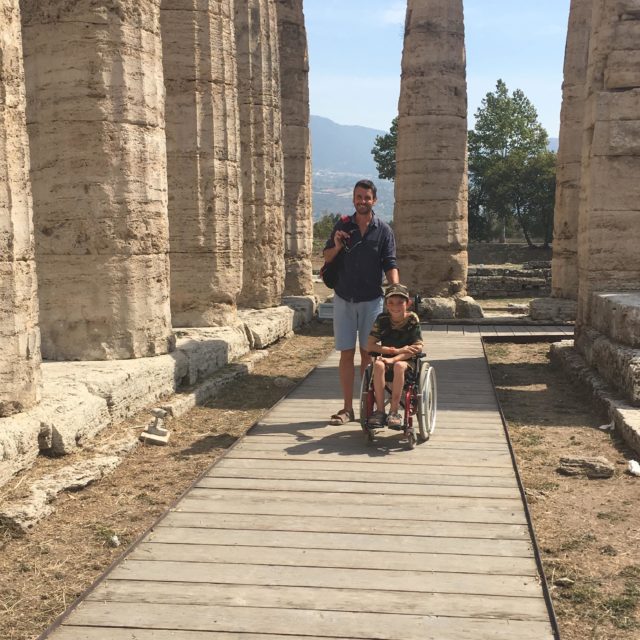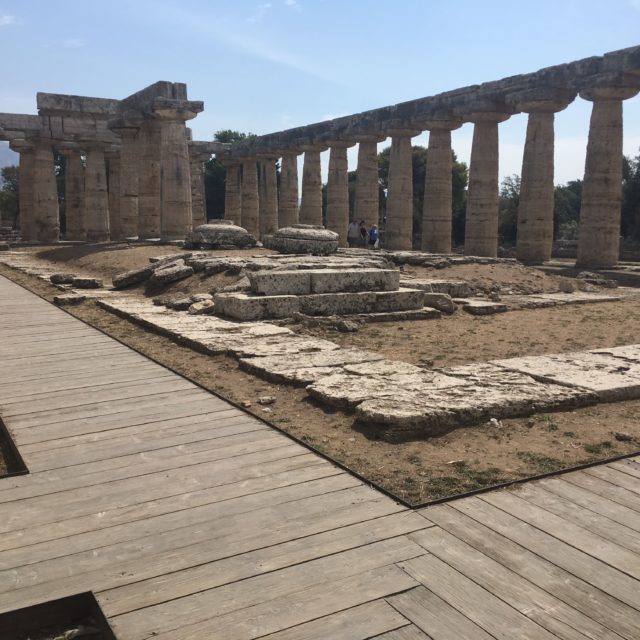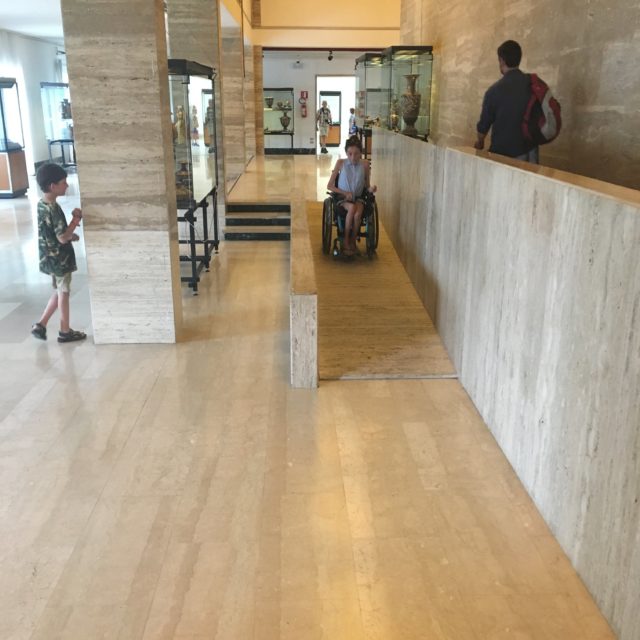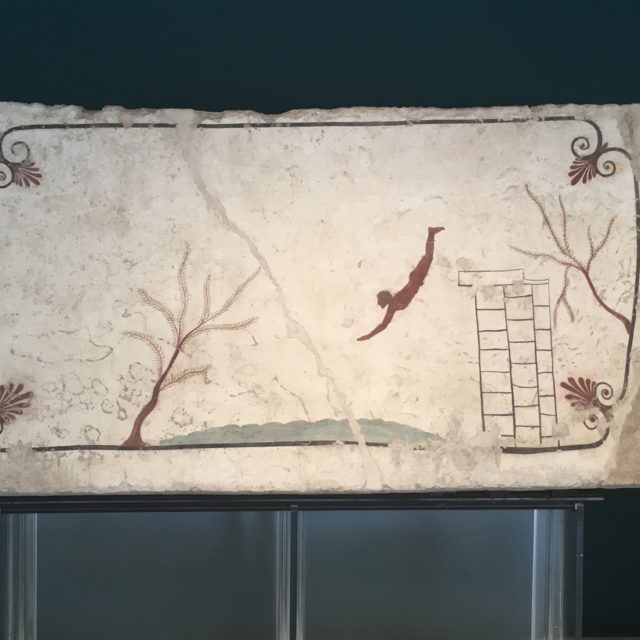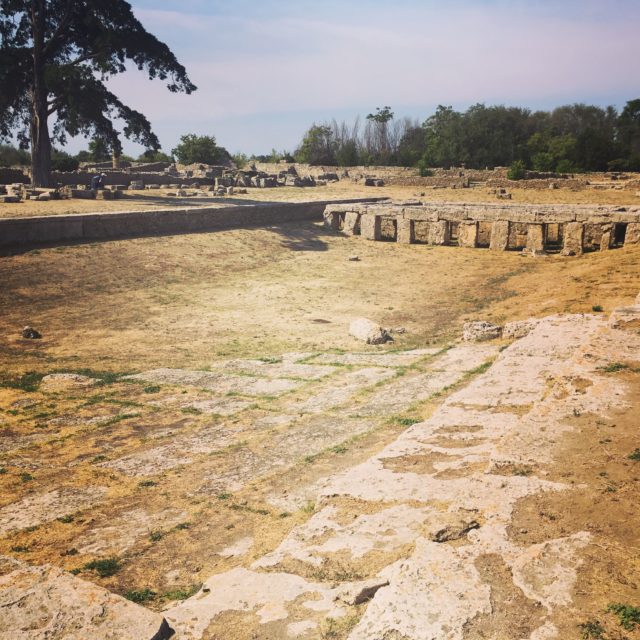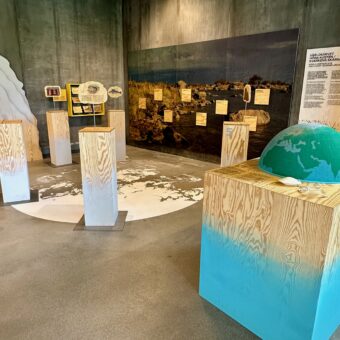Paestum Archaeological Park, Campania
Campania, Italy
The Archaeological park of Paestum, near Salerno in Southern Italy, is home to three of the world’s most well preserved ancient Greek temples. In addition to the temples, the site offers an insight into what it was like to live in an Ancient Greek city, with traces of the communal buildings and the homes that people lived in.
Alongside the park is a wonderful museum which tells the story of the site. It is full of fascinating artefacts.
This UNESCO World Heritage site is a wonderful place to spend some time. Suitable for all, from history and culture enthusiasts, to families who want to play make believe, this incredible place is well worth a visit.
Paestum was a city built by the Greeks around 600 BC and dedicated to Poseidon, the Greek god of the sea. Ruled by the Romans in later years, the city began to decline after the fall of the Roman Empire and was eventually abandoned. The city was rediscovered in 1752 when the building of a modern road cut through the original site.
The museum houses many incredible artefacts, the most notable being a funerary fresco from the Tomb of the Diver, dated to around 470BC. This was not discovered until 1968 and was heralded as one of the most important finds of the century. It remains as probably the finest example of Greek wall painting from the 5th century BC and indeed the only Greek frescoed tomb of that period that has ever been found.
General accessibility information
There is an information desk at the entrance to the Museum which provides information about access to all parts of the archaeological park and museum.
There is a park trail which follows the perimeter of the park and enables wheelchair users to view all the monuments and get to the front of all the temples. The actual temples would be tricky as there are steps to access them, other than in the Temple of Hera where there is a ramp to get into the actual temple and a wooden walkway once inside.
The museum is fully wheelchair accessible with lifts and ramps to facilitate movement around.
Braille signs for visually impaired visitors are available at the entrance to the park and provide information about the history of the site and explanations at the front of each temple about their construction.
Disabled toilet facilities
Wheelchair accessible toilets are available.
Wheelchairs available
Wheelchairs are available on request.




